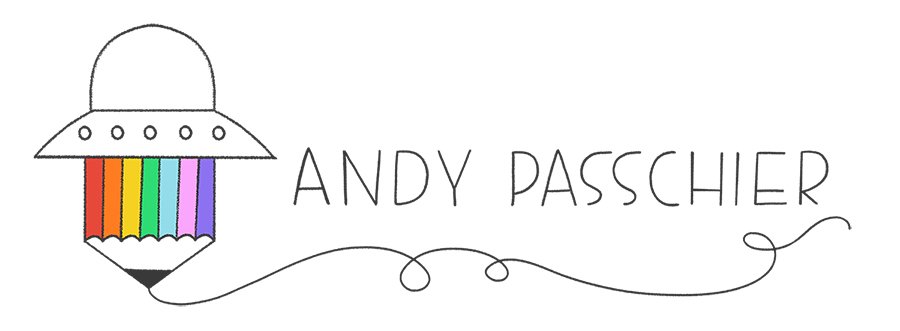Intersex Awareness Day happens annually on October 26th, with Intersex Day of Solidarity happening shortly after on November 8th. Both days focus on the specific issues faced by the Intersex community.
What is intersex?
The term intersex means to be born with a combination of sexual, anatomical, and/or genetic characteristics that don't seem to fit our current binary ideas wherein sex is divided exclusively between female and male. Someone could, for example, have slightly different genitalia or something called "mosaic chromosomes," where certain cells have XX chromosomes and others XY.
We often speak of an intersex identity being defined at birth, but since being intersex is not always overtly physically noticeable, sometimes it takes someone until puberty to notice they're intersex. Other people may never know at all!
The Intersex Society of North America has a great page where they explain that sex is a spectrum, just like gender and sexuality. Humans are the ones who felt it necessary to divide this spectrum into two falsely opposing categories and define where on that spectrum a person would be counted as intersex. Intersex individuals face immense challenges specifically related to involuntary surgeries performed on children. Doctors will recommend unnecessary surgeries and procedures on children often based on the false belief that such interventions will prevent these children from having an LGBTQIA+ identity in the future.
Origins
The first Intersex Awareness Day happened in 2004. October 26th was picked to commemorate the first public demonstration by intersex people in the United States in 1996. Members and allies of the Intersex Society of North America descended upon the annual conference for the American Academy of Pediatrics in Boston, MA, to denounce non-consensual surgeries performed on intersex children. At the time, doctors completely dismissed the demonstration, but tides are changing and over the past few decades awareness, as well as action and solidarity, have largely increased.
November 8th was picked as Intersex Day of Solidarity to commemorate the birthday of Herculine Barbin (1838-1868), a now famous French intersex person. While the week between October 26th and November 8th traditionally focuses on intersex joy and accomplishment, November 8th is a more somber and introspective day, as it focuses on the more difficult challenges faced by intersex people in our current rigid binary system.
In this newsletter I've personally elected to use they/them pronouns for Barbin, as I don't know what they would have preferred in modern times, and online sources provide conflicting pronouns. Barbin was assigned female at birth, but later in life reclassified as male by a judge when they entered a relationship with another woman and was forced to undergo a physical examination.
Barbin's memoirs entered renown when they were discovered in the French Department of Public Hygiene by French historian and philosopher Michel Foucault. Foucault republished the memoirs and added his own commentary. Barbin unfortunately committed suicide at age 29 in 1868.
IntersexDay.org is a website created specifically to provide people more information about this day and what it means, very much worth a look!
Michel Foucault - Herculine Barbin
More information about Barbin - CW for kind of a mish mash of pronouns and gender identifiers
Information about Barbin specifically from IntersexDay.org
Flag Design
The intersex pride flag was created by Australian activist Morgan Carpenter in 2013. Carpenter was also president of Intersex Human Rights Australia at the time. The colors yellow and purple were chosen as free from gender associations in our modern society (unlike blue and pink for example), and were historically often used to represent intersex people. Carpenter himself says about the flag design:
“The circle is unbroken and unornamented, symbolising wholeness and completeness, and our potentialities. We are still fighting for bodily autonomy and genital integrity, and this symbolises the right to be who and how we want to be.”
— Morgan Carpenter
Over the past few years, we've seen many new iterations of the traditional rainbow pride flag, starting with the Philadelphia Pride Flag in 2017 to represent queer and trans BIPOC, and the Progress Pride Flag in 2018 to include the colors of the trans pride flag. In 2021, Valentino Vecchietti of Intersex Equality Rights UK added the intersex flag design as well, celebrating the inclusion and allyship of intersex people to the LGBTQIA+ community.
Today
Intersex solidarity is inextricably tied to conversations around LGBTQIA+ rights and bodily autonomy. Intersex individuals should be able to decide what happens to their own bodies and exist without shame or fear. Below are a few links with more info from other organizations and ways to support.
https://thisisintersex.org/data/organizations/ - Intersex Inclusive Organizations
https://interactadvocates.org/ - InterACT: Advocates for Intersex Youth
https://isna.org/ - Intersex Society of North America





